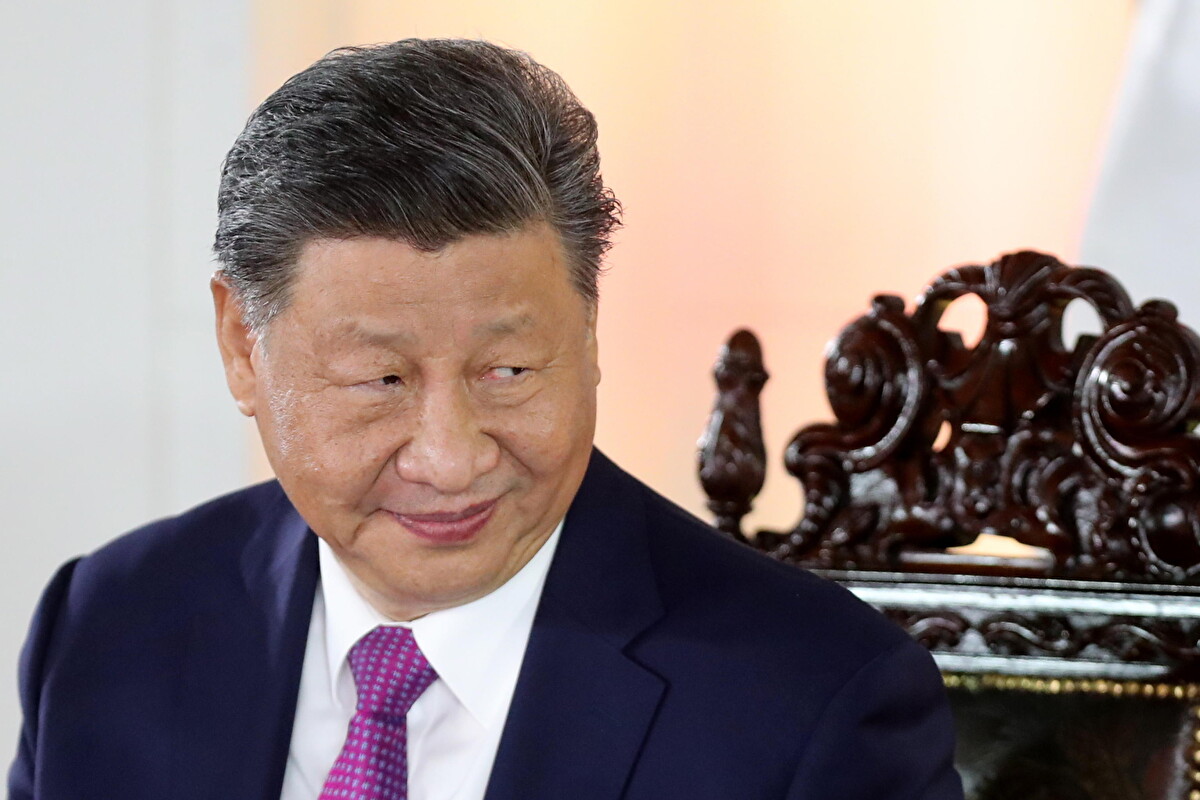New York City officials have unveiled an initiative aimed at transforming six waterfront locations into vital maritime shipping hubs, a strategic move to effectively manage the surging volume of e-commerce deliveries across the city’s five boroughs.
Announced through a request for proposals issued by the city Economic Development Corporation, the initiative represents a significant stride in Mayor Eric Adams’ visionary “Blue Highways” plan, which aims to alleviate the congestion of freight on city streets by leveraging the rivers and harbors.
The request specifically seeks an engineering firm to craft designs for barge landings and access points, facilitating the seamless transfer of cargo to e-bikes and small delivery vehicles for the crucial “last mile” of delivery. The designated locations include:
- McGinnis Cement Terminal in the Bronx’s Hunts Point neighborhood
- Stuyvesant Cove, adjacent to StuyTown
- Pier 36 on the Lower East Side
- Downtown Manhattan Heliport in the Financial District
- The 23rd Street basin and 29th Street apron on Brooklyn’s Gowanus Bay
The Economic Development Corporation estimates that implementing this plan would effectively remove 6,240 short-haul trucks from city streets, addressing concerns about air quality, traffic congestion, and overall quality of life. The projected impact also anticipates significant savings, amounting to over 92 million miles of truck travel and 8.3 million gallons of fuel annually.
Julie Tighe, president of the New York League of Conservation Voters, acknowledged the potential of shifting freight to waterways in reducing air pollution but cautioned against assuming complete environmental friendliness. She stressed the importance of implementing a clean fuel standard at the state level to truly meet emissions reduction goals and improve air quality for New Yorkers.
This initiative follows closely on the heels of Mayor Adams’ proposal for a new government agency aimed at regulating delivery giants like Amazon. A report from three years ago forecasted a staggering increase in e-commerce packages being delivered in the city by 2024, highlighting the urgency of proactive measures.
While New York City’s waterways were historically bustling global shipping centers, the gradual consolidation of container ports in New Jersey over the past century led to a decline in waterfront jobs. Consequently, much of the cargo destined for New York City now traverses the Hudson River via truck.
Congressman Jerrold Nadler has long championed the construction of a new freight tunnel connecting New Jersey and Brooklyn to alleviate this reliance on truck transport. Despite facing delays and awaiting federal approval, the Port Authority resumed environmental studies for the project in 2022, indicating a potential path forward in addressing the region’s logistical challenges.












